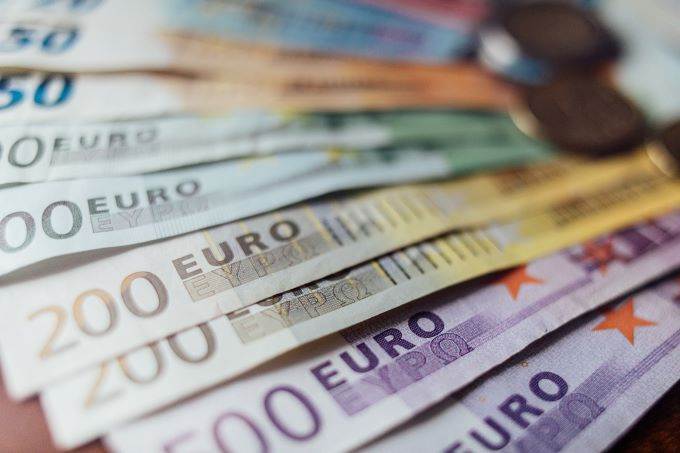 The Euro has been rallying against the dollar since February 21, closing Tuesday's session with a 0.38 percent gain, and adding around 3.58 percent during the past two weeks.
The Euro has been rallying against the dollar since February 21, closing Tuesday's session with a 0.38 percent gain, and adding around 3.58 percent during the past two weeks.
Given the current global economic situation, this price movement doesn't seem to make a lot of sense since the Euro currently shouldn't be considered a safe-haven currency. Besides this, the Eurozone’s economic situation is not going through its best moment, as its gross domestic product hit a seven-year low in the fourth quarter, at 0.9 percent. The Eurozone unemployment rate stood at 6.6 percent in January, remaining unchanged from December.
It's hard to understand why investors were running towards the Euro only based on its fundamentals. The spread of the coronavirus epidemic in Europe makes this case a little more puzzling than usual, especially since other regular assets markets have been suffering losses because of this fear factor.
Nevertheless, this doesn't mean that it's impossible to understand why the Euro is gaining against other currencies. In fact, some markets analysts have already explained that those rallies in favor of the Euro are because of the reversal of carry trades.
For those who don't understand this concept, a carry trade is a strategy that consists of borrowing resources on a currency with a low-interest rate and then using them to acquire a (often riskier) currency with higher interest rates or any other risky asset, such as stocks. For example, given that the Eurozone interest rates currently stand on negative territory at -0.5 percent, someone implementing this trading strategy would borrow in euros, sell them and buy a currency with a higher interest rate, such as the Mexican Peso (the interest rate currently stands at 7 percent), which is a relatively riskier currency.
With this strategy, day traders attempt to make money based on the interest rate spread, a move that can be very effective when the economic situation is improving since it tends to favor emerging markets currencies and commodity correlated currencies in terms of value.
What has been happening with the Euro is the opposite. Now that the global economic situation is suffering due to the spread of the epidemic, traders have become risk-averse and are selling risky assets and acquiring safer assets. In this case, since the global stock markets are falling, traders have been selling risky and high-yielding assets they bought in the past and are buying back Euros, in fact, the Euro has gained 8.03 percent against the Mexican Peso since February 20.
As we already mentioned, the EUR/USD pair has been benefitting from this reversal, among other things such as a higher selling pressure around the greenback. On Monday, the Euro advanced 0.98 percent against the dollar. On Tuesday it advanced 0.38 percent as the Federal Reserve announced a cash rate cut, leaving it on a range of 1 to 1.25 percent.
Despite the fact that these gains are relatively low, it's important to remember that the EUR/USD usually correlates with the American stock market movements so any gain, while the big market indexes are falling, can be quite remarkable.
